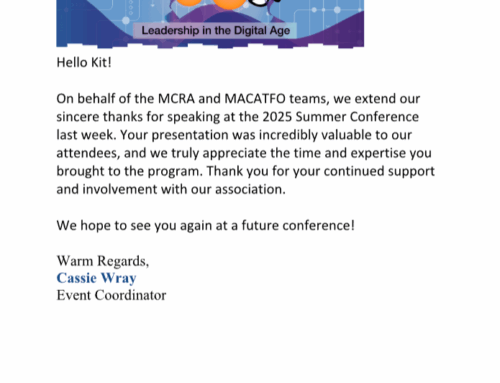Goal setting is not just a thing of the past, but of the present and of the future as well. All should be considered in effective goal setting.
There are two different ways to set goals. They can be set by the leader or they can be determined in collaboration between the leader and the staff member. Employee participation often creates higher goals. This can make the goals more acceptable and makes it less likely that there will be more resistance to a process in which they actively participate in.
Goals need to be challenging. They should be not too easy, not too hard, but just right. Consider the past performance and output. Discuss reasonable future possibilities. Set challenging but not impossible goals.
A great way to accomplish effective goal setting is to keep these three cues in mind:
- Quickness – Considers when to start and when to stop. A deadline for achievement creates a sense of urgency.
- Quantity – Considers the general objectives and activities to be done. Quantity takes into account what tasks need to be done, how they need to be done, and what outcomes are expected.
- Quality – Considers the level of performance that’s expected. Quality describes the target or standard of performance to be reached with the product, the process, and the service. 100% defect free, excellent versus just good enough.
For effective goal setting, consider the past and the lessons learned. Be honest about the current situation. Then, set challenging yet realistic goals that get results. Goal setting will make your job easier, because challenging goals, set cooperatively, will motivate your staff to live up to the quickness, quantity, and quality standards we can all be proud of.
Check back to next Monday for another video blog.




